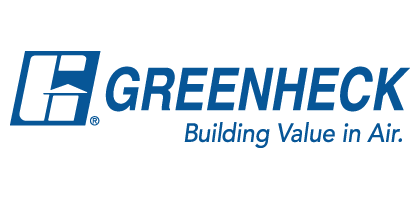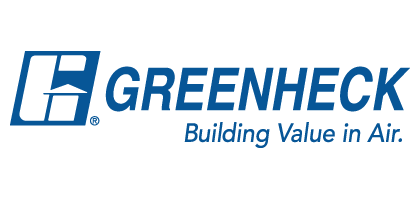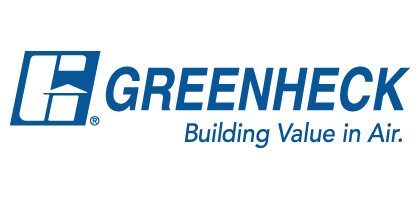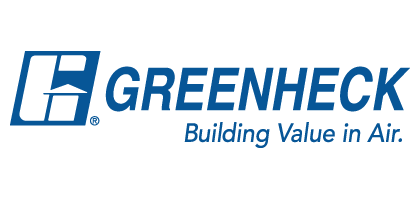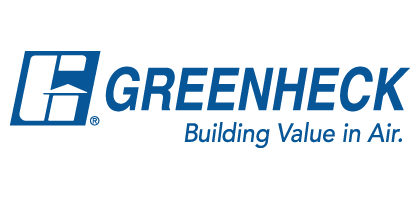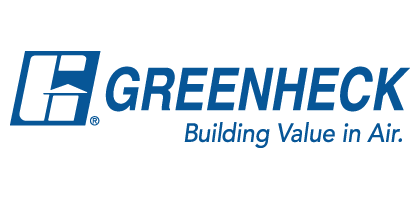Title Page
-
Site conducted
-
Conducted on
-
Prepared by
-
Location
Instructions
-
INSTRUCTIONS
1. Please answer all questions below.
2. Add Photos in "Media" and Comments in "Add note..." on each question as needed.
3. Add a Corrective Measure in "Action" . Provide a description, assign to a member, set priority, and due date.
4. Complete the audit by providing a digital signature.
Ladder
-
Are ladder rungs, cleats, and steps parallel, level, and uniformly spaced when the ladder is in position for use?
-
Are ladder rungs, cleats, and steps of step stools at least 8 inches and not more than 12 inches apart?
-
Is the minimum clear distance between the sides of the individual rung/step ladders at least 16 inches?
-
Are the rungs of individual rung/step ladders shaped so the employees’ feet cannot slide off the end of the rung/step?
-
Is a metal spreader or locking device provided on each stepladder to hold the front and back sections in an open position when the ladder is being used?
-
Are ladder components surfaced to prevent injury to employees from punctures or lacerations, and to prevent snagging of clothing?
-
Are the joints between the steps and side rails tight?
-
Are the fittings and hardware securely attached?
-
Do the moveable parts operate freely without binding or undue play?
-
Are the metal bearings of locks, wheels, pulleys, etc. liberally lubricated?
-
Is the rope fraying or badly worn on an extension ladder?
-
Are safety feet and other auxiliary equipment in good working order?
-
Are the rungs free of grease and/or oil?
-
Is the ladder bent or support brackets bent?
-
Are ladders stored properly when in use in a manner that they may not be damaged, tip over on employees and that their structural integrity is maintained.
Grinding Safeguarding
-
Machine Asset Number
-
Machine Name
-
Machine Manufacturer
-
Machine Model and Serial Number
-
Department/Location
-
Is the work rest used and kept adjusted to within 1/8 inch of the wheel?
-
Is the adjustable tongue on the top side of the grinder used and kept adjusted within ¼ inch of the wheel?
-
Do side guards cover the spindle, nut, flange and 75% of the wheel diameter?
-
Are bench and pedestal grinders permanently mounted?
-
Does each grinder have an individual on/off switch?
-
Is cleanliness maintained around grinders?
Machine Safeguarding
-
Machine Asset Number
-
Machine Name
-
Machine Manufacturer
-
Machine Model and Serial Number
-
Department/Location
-
Is all machinery and equipment clean and properly maintained?
-
Is sufficient clearance provided around and between machines to allow for safe operations, set up and servicing material handling and waste removal?
-
Is equipment and machinery securely anchored when necessary to prevent tipping or other movement that could result in personal injury?
-
Is the power shut off switch within reach of the operators position at each machine
-
Are non-current-carrying metal parts of electrically-operated machines bonded and grounded?
-
Are foot Switches guarded to prevent accidental actuation by personnel or falling object?
-
Are all emergency-stop buttons colored red?
-
Are pulleys, belts, chains and gears properly guarded?
-
Are methods provided to protect the operator and other employees in the machine area from hazards created at the point of operation, nip pints, rotating parts, flying chips and sparks?
-
Are machine guards secured and arranged so they do not offer a hazard in their use?
-
If any special tools are used for placing and removing material, do they protect the operator’s hands
-
Are revolving drums, barrels, and containers (required to be guarded by and enclosure that is interlocked with the drive mechanism so revolution cannot occur) guarded?
-
Do arbors and mandrels have firm and secure bearings, and are the free from play?
-
Are provisions made to prevent machines from automatically starting when power is restored (following a power failure or shut-down)?
-
Are fan blades protected with a guard having openings no greater than ½ inch when operating within seven feet of the floor?
-
Can the machine be lubricated without removing the safeguard?
-
Are daily safeguarding inspections conducted?
Universal Waste
-
Universal waste is not disposed of on site.
-
Universal waste is not diluted or treated on site
-
Universal waste batteries that are broken or show evidence of leakage or spillage are placed in closed, structurally sound containers that are compatible with the waste and not leaking.
-
All universal wastes are labeled or marked “Waste” or “Used” followed by the specific type of universal waste handled or “Universal Waste”.
-
Length of accumulation time is demonstrated by any of the following:
- Mark or label each container with the earliest date the waste is generated or received
- Mark or label the individual item of waste with the date it was generated or received
- Maintain an inventory system identifying the date the waste generated was received
- Place the universal waste in a specific accumulation area identified with the earliest date the waste was generated or received
- Use some other method that clearly demonstrates the length of accumulation time
-
Universal waste is accumulated for less than one year from the date generated or received from another handler
-
Employees are trained on the proper handling and emergency procedures appropriate to the types of waste handled at the facility
-
If a release occurs the following procedures are followed:
- Immediately contain the release
- Determine if the spill residue is hazardous waste
- If hazardous waste, dispose of properly
-
Waste is picked up by another handler and not transported from one building to another to be accumulated and picked up by another handler
-
Used oil containers and tanks are in good condition and not leaking
-
Used oil containers are marked “Used Oil”
Additional Details
-
General Comments and Recommendations
Completion
-
Completed By:
-
Signature:
